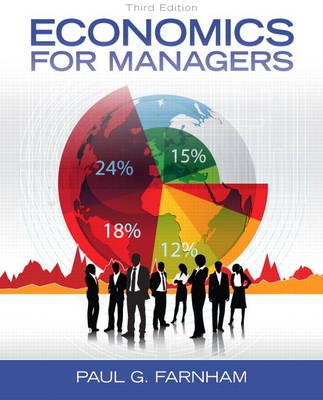
THE ECONOMIC ENVIRONMENT OF BUSINESS
 |
| Spring 2017 |
 |
Graduate (S) Business Administration 509 THE ECONOMIC ENVIRONMENT OF BUSINESS |
|
|
|
| | HOME | SYLLABUS | CALENDAR | ASSIGNMENTS | ABOUT PROF. GIN | |
|
C. Spending by Individuals, Firms, and Governments
. .
. .
. .
. .
. . . . . . . . . .
. .
. .
.
. . (d) Wealth . . (e) Consumer credit . . (f) Level of debt . .
. . (b) Real interest rate . . (c) Business taxes . . (d) Expected profits and business confidence . . (e) Capacity utilization . . (f) Residential investment . . (g) Inventory investment . .
. . . . . . . . . .
. . . . . . . . . .
. . . . . .
. . .
. . .
. . . . . . . . . .
. . . . . . . . . .
. . . . . . . . . . (1) Adjustment toward equilibrium
- Unplanned inventory decrease - occurs when aggregate expenditures exceeds output level - Unplanned inventory increase - occurs when aggregate expenditures is less than output level . . . . . . . . .
. . . . . . . . (2) Multiplier . . . . . . . . . . 3. Interest rates and equilibrium
. |